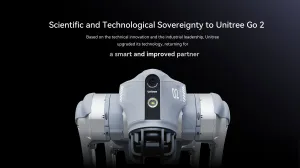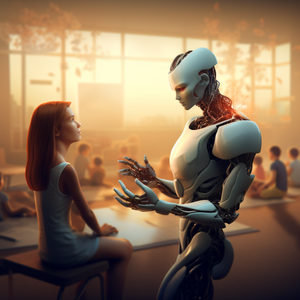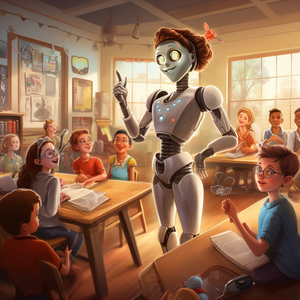In this ever-evolving world, technology isn't just a tool; it's an intimate part of our lives.
The advent of robotics in education is transforming the traditional teaching methodology and fostering an adaptive learning environment that caters to the needs of all learners.
From the bright-eyed kindergartener to the special needs student, the integration of robotics into the educational ecosystem aims to enhance learning experiences and outcomes.
There's a profound quote from the movie 'Robot & Frank' that says,

"Frank, that cereal is for children. Enjoy this grapefruit."
Now, you might be wondering what that's got to do with education and therapy.
Quite a bit, actually, if you think of the 'cereal' as traditional education and 'grapefruit' as the innovative incorporation of robotics in education.
Just as the robot caregiver nudges Frank towards a healthier choice, so too does educational robotics encourage a more enriching learning environment.
So grab a cup of coffee (or perhaps a grapefruit?) and let's embark on this exciting expedition together!

Therapeutic Applications of Robotics
The integration of robotics in therapy has led to an innovative approach to educational aid. These machines offer distinct therapeutic benefits in various educational scenarios.
Much like David's friendship with the Mecha boy 'Joe' in the movie A.I. Artificial Intelligence, robotics in education has shown that technology can form a powerful and transformative bond with learners. Joe provided companionship and guidance, and today's educational robotics offer a similar supportive role in therapy.
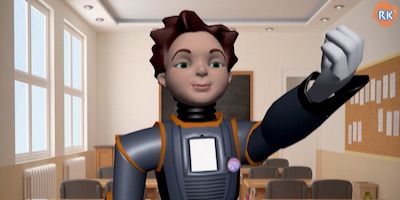
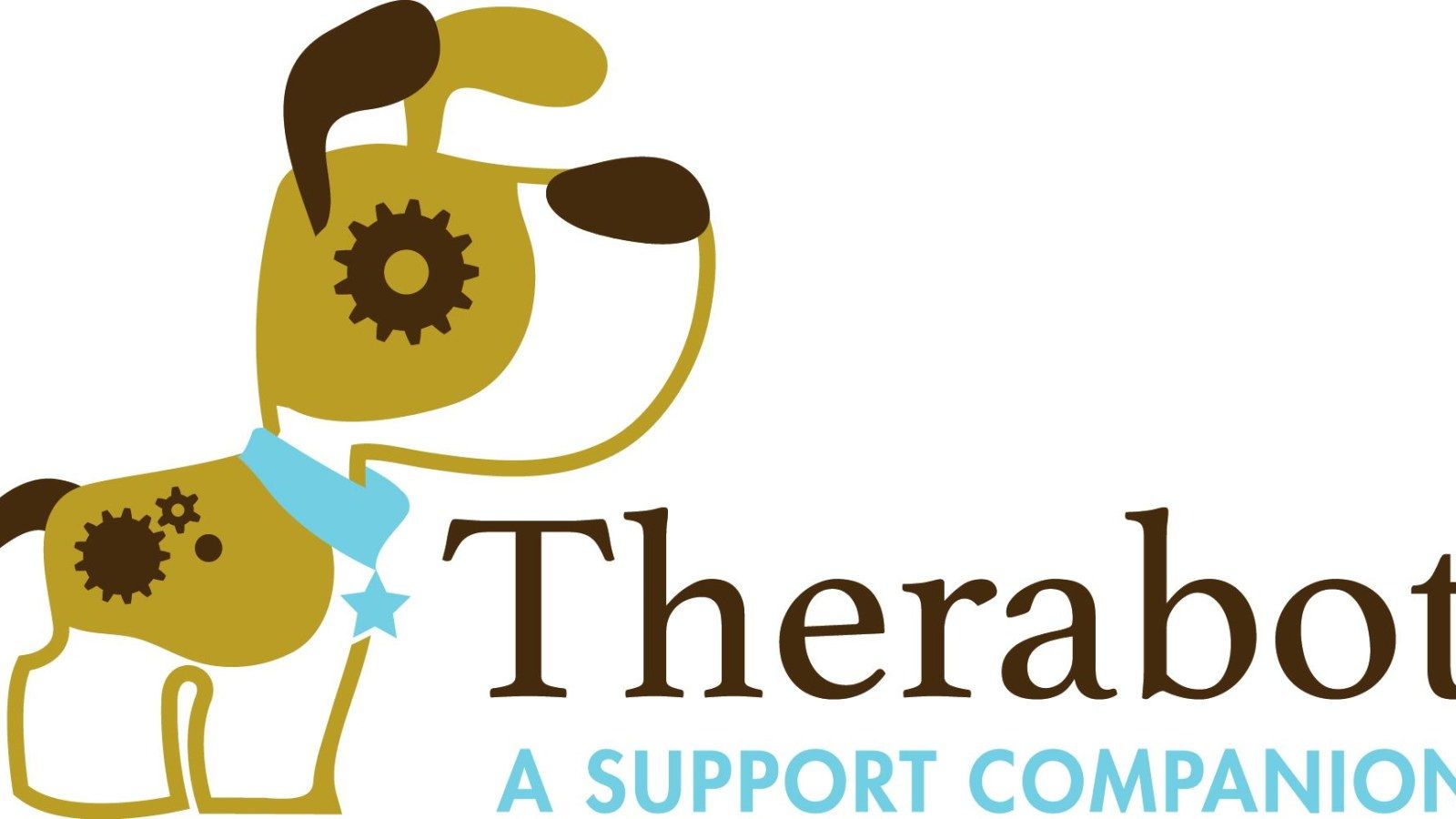
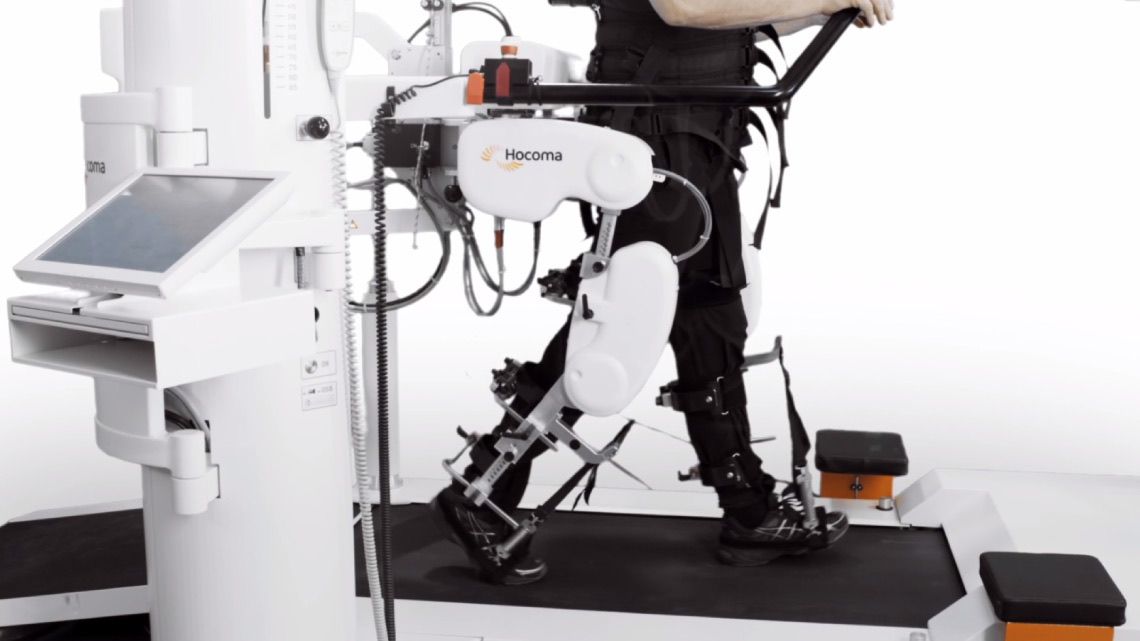
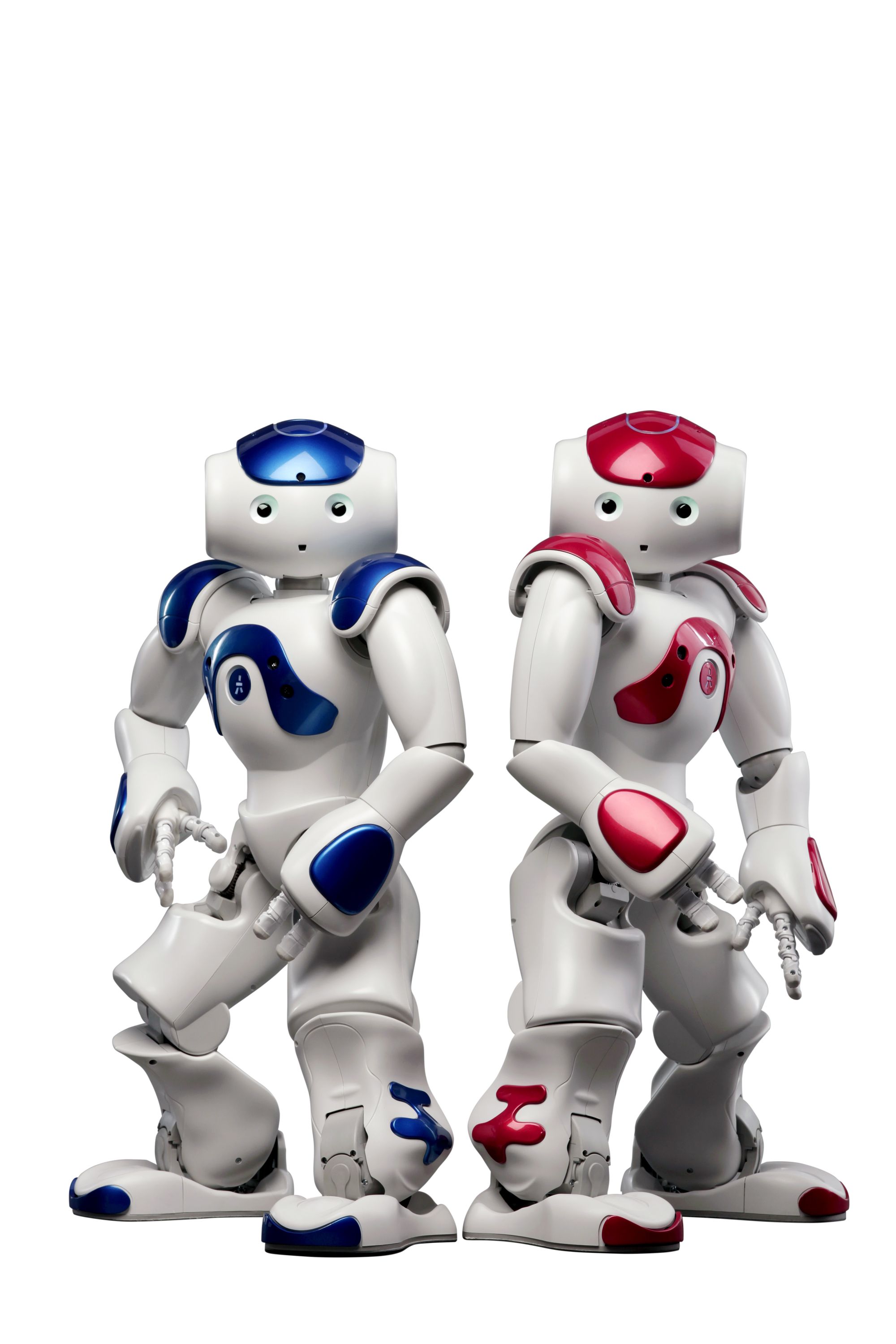

Enhanced Interaction:
Robotics provides a structured and consistent environment for learners. This is particularly beneficial for learners on the autism spectrum who often thrive in structured settings.
Robots, like the NAO robot, have been used to teach social interaction skills, leading to a significant improvement in engagement levels.
Physical Therapy:
Robotics is also revolutionizing physical therapy. Devices such as the LokomatPro, offer repetitive and adjustable gait training, aiding children with cerebral palsy and other mobility issues.
The robotic exoskeleton supports the child's weight while providing a repetitive walking motion, leading to improved strength and coordination over time. If you need one in the near future, you can become a backer and be one of the first to get it delivered.
Let's look at a few case studies:
Case Study 1:
Dr. Therabot - This plush robot, developed by the University of Notre Dame, was designed to help children comfortably express their emotions. The trial program led to improved emotional awareness and mental health outcomes among participating learners.
Case Study 2:
Robots4Autism by RoboKind - This comprehensive social skills program employs a robot named Milo to teach social behaviors to learners with autism. The program reported a 70% increase in engagement and a 60% increase in positive social behaviors among its participants.
Impressively, the Autism Society reports that learners involved in such robotics therapy show up to a 30% improvement in social interactions, demonstrating the potential impact of these innovations.
The future is here, and just like the movie quote from A.I. Artificial Intelligence,
"I am... I was... I will be,"
robotics in therapeutic education was, is, and will be a growing field with boundless potential.
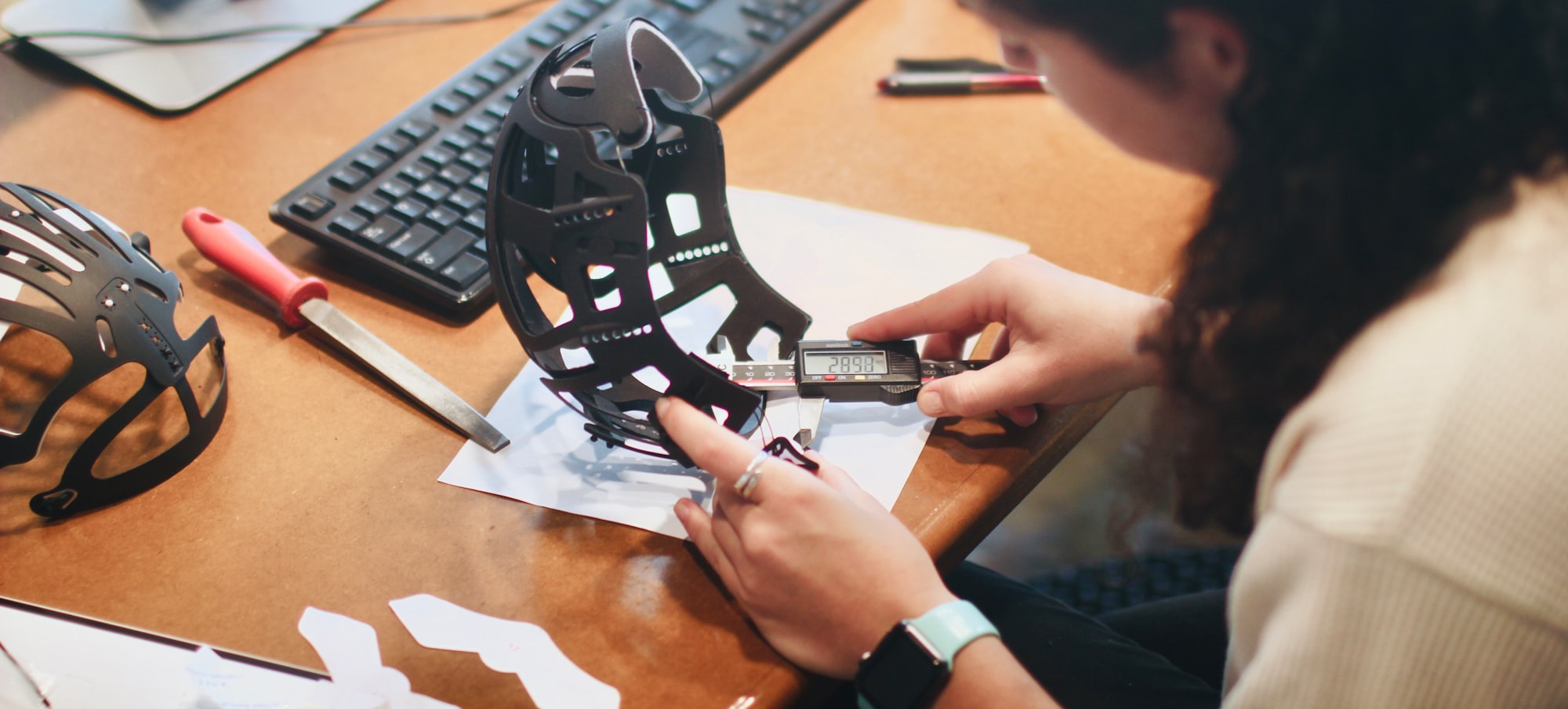
Hands-on Learning
One of the best ways to truly understand the applications of robotics in education and therapy is to get your hands dirty and build something. So, grab your toolkit and clear out your garage because we're about to embark on an exciting journey of DIY robotics projects.
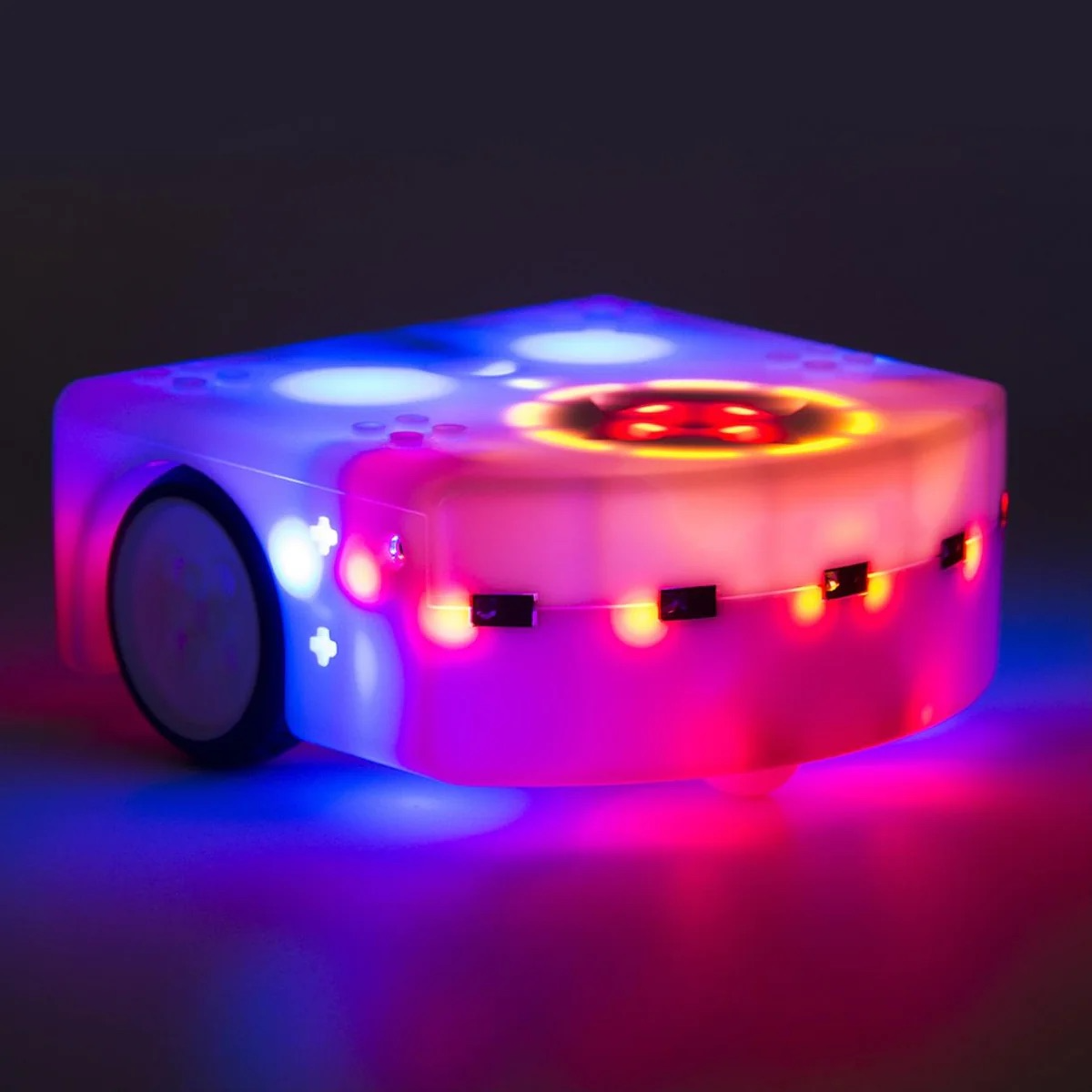
Thymio Educational Robot:
This robot is an excellent starting point for beginners. Thymio offers a wide variety of learning opportunities, from simple interactions to complex programming tasks.
You can purchase this awesome bot at various places but we like this site.
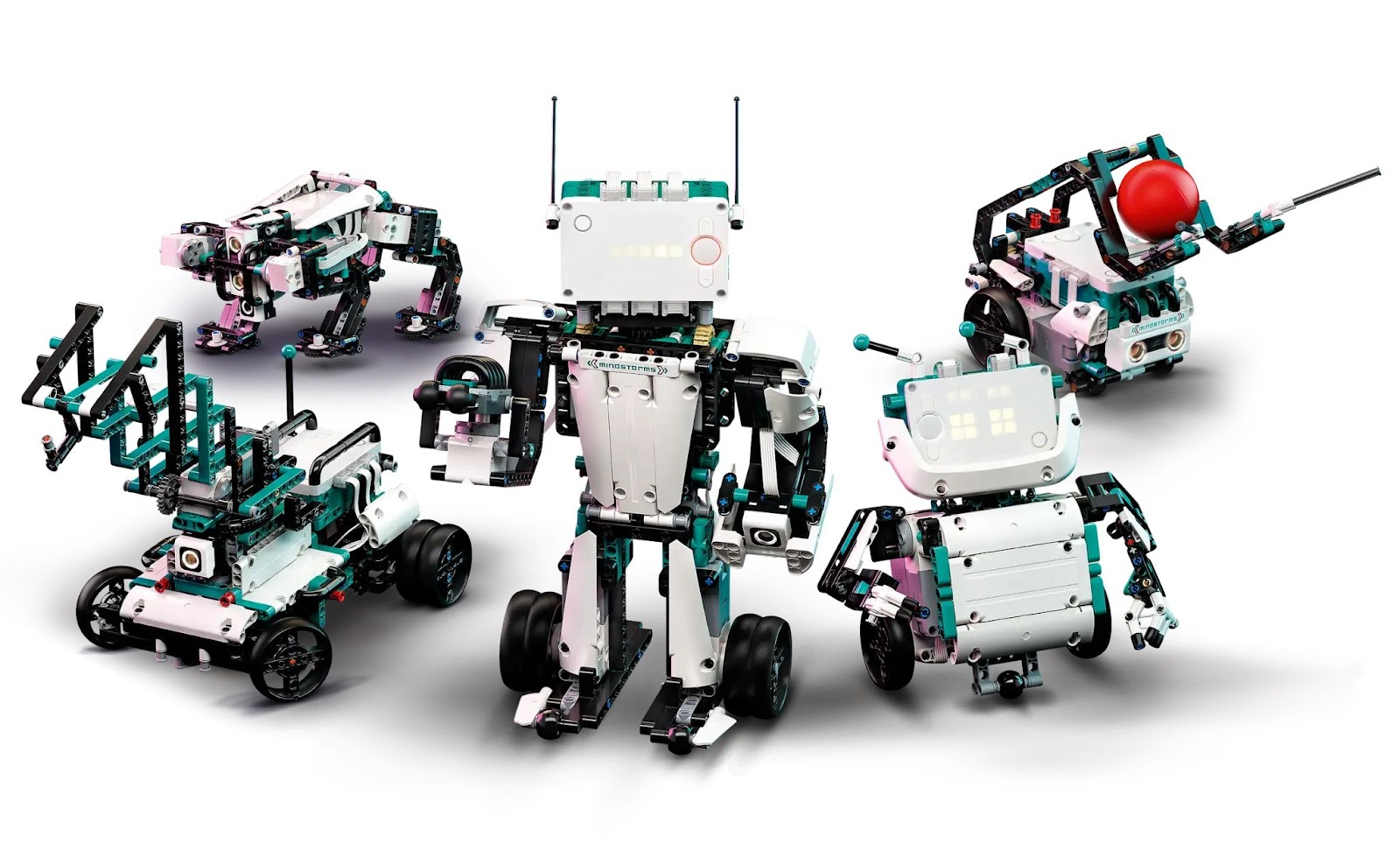
Lego Mindstorms:
Lego isn't just for building Hogwarts Castle or the Millennium Falcon anymore. With Lego Mindstorms, you can construct and program your own robot. This platform offers countless hours of learning, building, and programming fun.
Arduino Starter Kit:
If you're ready for something more advanced, the Arduino Starter Kit is a great choice. This kit will introduce you to the basics of circuits and coding in a hands-on, interactive way.
I encourage you to try these projects out. There's a lot of joy (and educational benefit) in building and programming your own robot.

The integration of robotics into education and therapy is more than a novel trend—it's a significant evolution in the way we approach learning, therapeutic interventions, and support for learners with diverse needs.
It opens up a world of possibilities, enhancing learning experiences, and offering solutions that were once only imaginable in science fiction. From enhancing motor skills to improving literacy, from providing therapeutic interventions for mental health to offering a new dimension of hands-on learning, robotics is transforming the educational landscape.
But remember, the heart of these innovations isn't the technology itself—it's how we utilize it to empower individuals, create inclusive environments, and equip learners with the skills they need in a rapidly evolving world.



